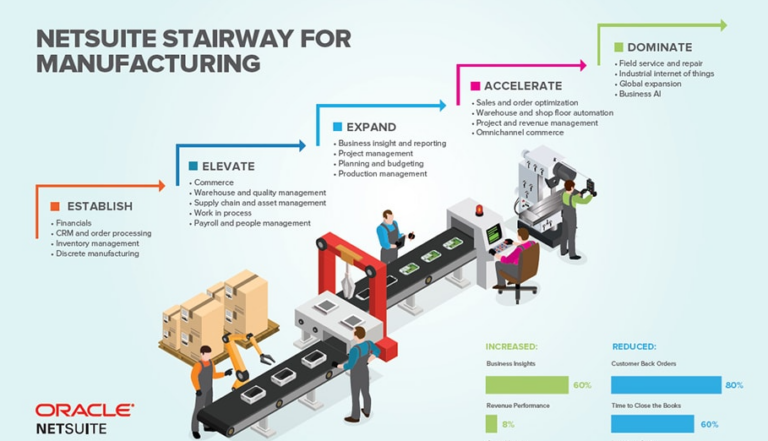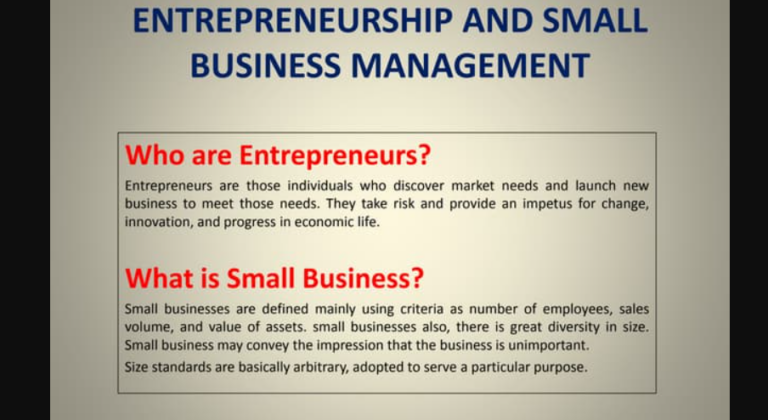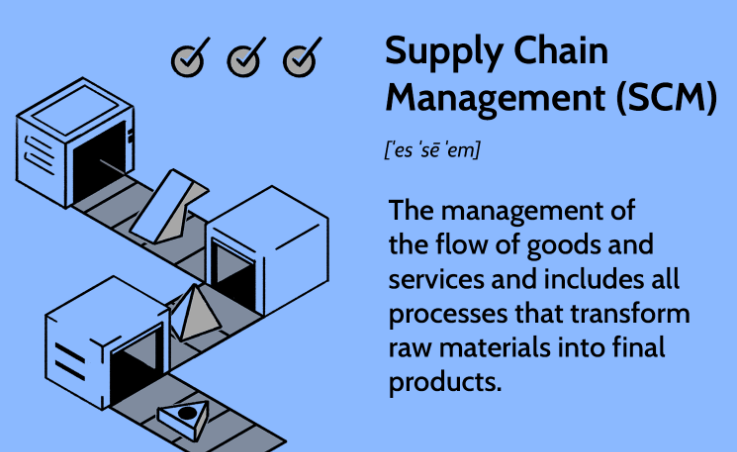Early Childhood Education Programs are crucial for a child’s development, shaping their future academic success and overall well-being. This guide delves into the various types of programs, exploring their philosophies, methodologies, and the vital role of educators and parents. We’ll examine the importance of play, curriculum design, and creating stimulating learning environments. Ultimately, we aim to highlight the profound and lasting impact of quality early childhood education on a child’s life.
From Montessori’s hands-on approach to the Reggio Emilia emphasis on child-led learning, we’ll compare different models, detailing their unique strengths and how they cater to various developmental stages. We’ll also discuss the essential qualities of effective early childhood educators, the importance of parent involvement, and the long-term benefits of early intervention for children from all backgrounds.
Types of Early Childhood Education Programs
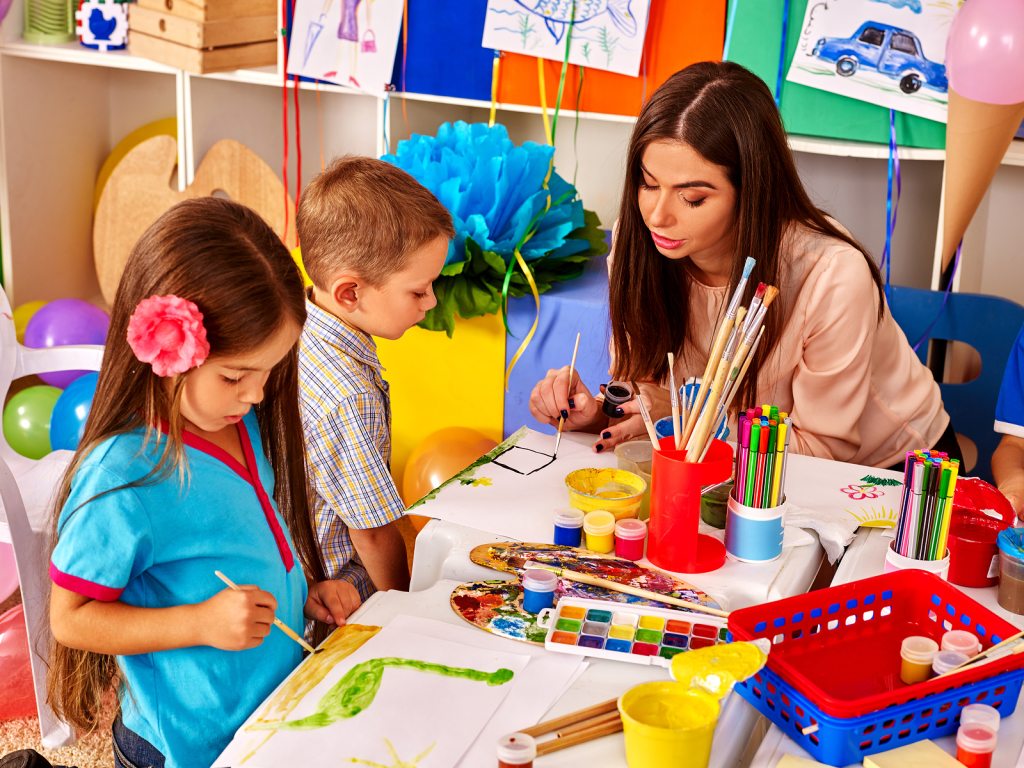
Choosing the right early childhood education program is a big decision for parents. Different programs offer unique approaches to learning and development, catering to various learning styles and philosophies. Understanding these differences is crucial in selecting the best fit for your child. This section will explore several prominent models, highlighting their core beliefs and practical applications.
Early Childhood Education Program Models
Several distinct models of early childhood education exist, each with its own philosophy and approach to teaching and learning. These differences stem from varying beliefs about child development and the best ways to nurture it. A comparison of four popular models follows.
| Program Type | Key Philosophy | Teaching Methods | Curriculum Focus |
|---|---|---|---|
| Montessori | Child-centered learning emphasizing independence, freedom within limits, and self-directed activity. | Hands-on learning materials, individualized instruction, prepared environment, observation and guidance. | Practical life skills, sensorimotor development, language, math, cultural studies. |
| Reggio Emilia | Project-based learning that values children’s thinking and communication skills. The environment is seen as the “third teacher.” | Collaborative projects, documentation of learning, exploration and discovery, teacher as facilitator. | Emergent curriculum driven by children’s interests, creative expression, social interaction. |
| Waldorf | Emphasis on holistic development, nurturing imagination, creativity, and social skills through play and artistic expression. | Play-based learning, storytelling, artistic activities (painting, music, movement), minimal screen time. | Development of imagination, creativity, artistic expression, practical skills, and social-emotional development. |
| Head Start | Comprehensive early childhood intervention program focused on providing low-income children with a foundation for school success. | Teacher-directed and child-centered activities, focus on literacy, numeracy, and social-emotional development, parental involvement. | School readiness skills, health and nutrition, parental engagement, social and emotional learning. |
Developmental Stages Addressed
Each program type addresses specific developmental stages, although there’s overlap. Montessori programs often focus on the sensorimotor and preoperational stages (birth to age 7), emphasizing practical life skills and sensory exploration. Reggio Emilia approaches support all developmental stages, encouraging critical thinking and problem-solving at all ages. Waldorf education aims to nurture the whole child across all developmental stages, prioritizing imagination and creativity.
Head Start programs primarily address the pre-school years, preparing children for kindergarten academically and socially.
Typical Age Ranges Served
Montessori schools typically serve children from infancy through elementary school, often divided into age-specific classrooms. Reggio Emilia preschools generally serve children from ages 3-6. Waldorf schools also typically serve children from preschool through high school. Head Start programs primarily serve children from low-income families, typically ages 3-5, preparing them for kindergarten. However, some Head Start programs also offer services for infants and toddlers.
Curriculum and Learning Activities in Early Childhood Education
Effective early childhood education relies on a well-structured curriculum that fosters holistic development. A balanced approach incorporates cognitive, social-emotional, and physical activities, tailored to the age and developmental stage of the children. This ensures a stimulating and engaging learning environment where children can explore, discover, and grow.
Sample Daily Schedule for a Preschool Program
A typical preschool day should include a variety of activities designed to stimulate different developmental areas. This sample schedule demonstrates a balanced approach:
| Time | Activity | Developmental Domain |
|---|---|---|
| 8:00-8:30 AM | Arrival, free play (blocks, art supplies) | Social-emotional, physical |
| 8:30-9:00 AM | Circle time: calendar, weather, songs, story | Cognitive, social-emotional, language |
| 9:00-9:45 AM | Literacy activity: letter recognition, rhyming games | Cognitive, language |
| 9:45-10:15 AM | Snack time and social interaction | Social-emotional |
| 10:15-11:00 AM | Math activity: counting, sorting, shapes | Cognitive, math |
| 11:00-11:45 AM | Outdoor play: gross motor activities, nature exploration | Physical, social-emotional |
| 11:45 AM-12:15 PM | Lunch | Social-emotional |
| 12:15-1:00 PM | Rest time/Quiet activities | Social-emotional |
| 1:00-1:45 PM | Art activity: painting, drawing, collage | Cognitive, creative expression |
| 1:45-2:30 PM | Dramatic play: house corner, blocks | Social-emotional, language, cognitive |
| 2:30-3:00 PM | Clean-up and transition | Social-emotional |
| 3:00-3:30 PM | Departure | Social-emotional |
Examples of Hands-on Learning Activities
Hands-on activities are crucial for engaging young children and promoting active learning. The examples below are categorized by developmental domain:
Cognitive Development:
- Puzzles: Jigsaw puzzles, shape sorters, and other puzzles help develop problem-solving skills and spatial reasoning.
- Building Blocks: Blocks encourage creativity, spatial reasoning, and fine motor skills.
- Science Experiments: Simple experiments like mixing colors or growing plants introduce basic scientific concepts.
Social-Emotional Development:
- Role-Playing: Dramatic play activities like house corner or doctor’s office encourage social interaction, empathy, and emotional expression.
- Cooperative Games: Games that require teamwork and collaboration help children learn to share, negotiate, and resolve conflicts.
- Social Stories: These stories help children understand social situations and develop appropriate responses.
Physical Development:
- Gross Motor Activities: Running, jumping, climbing, and other large muscle activities promote physical coordination and strength.
- Fine Motor Activities: Activities like threading beads, using scissors, and drawing help develop hand-eye coordination and dexterity.
- Outdoor Play: Time spent outdoors provides opportunities for physical activity, exploration, and sensory experiences.
Examples of Assessment Methods
Ongoing assessment is essential to track children’s progress and adapt teaching strategies. Several methods can be used:
- Observations: Teachers observe children’s behavior and interactions during play and activities, noting their strengths and challenges.
- Anecdotal Records: Brief written notes documenting specific observations of a child’s behavior or learning.
- Checklists: Lists of skills or developmental milestones that teachers check off as children demonstrate mastery.
- Portfolios: Collections of children’s work, including drawings, writing samples, and photos, showcasing their progress over time.
- Developmental Screenings: Standardized assessments used to identify children who may need additional support.
The Role of Teachers and Educators
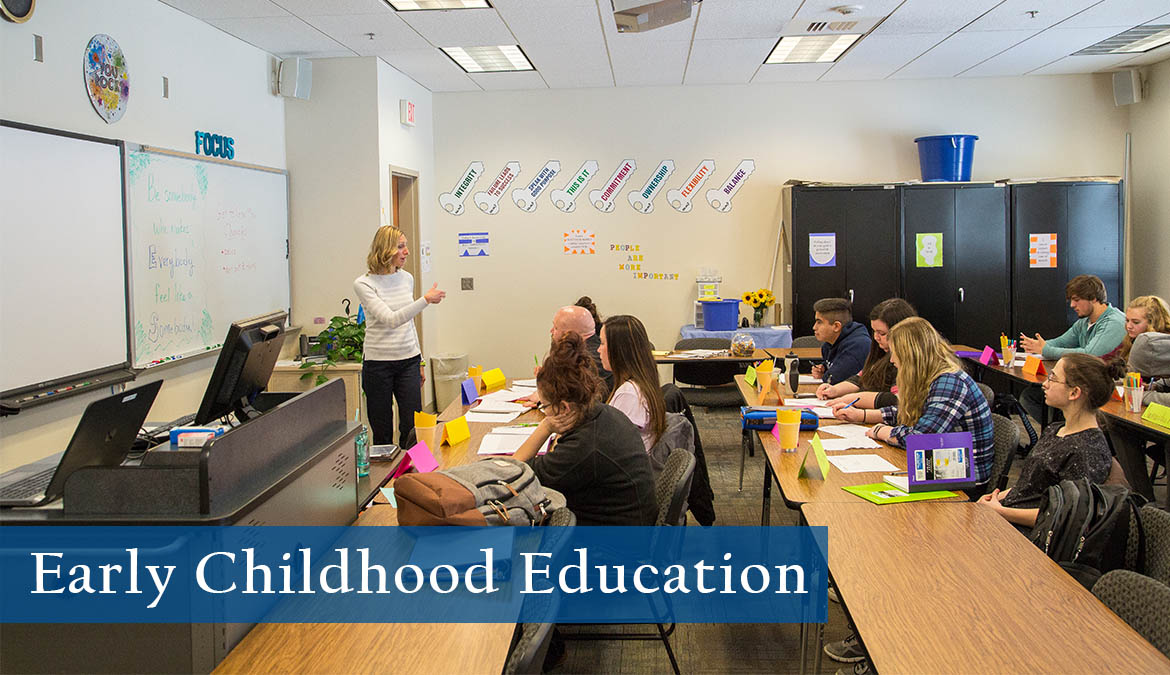
Early childhood educators are the cornerstone of a child’s early learning journey. Their role extends far beyond simply teaching the alphabet or numbers; it encompasses nurturing a child’s holistic development, fostering a love of learning, and building a strong foundation for future success. Their impact is profound and long-lasting, shaping not only the child’s cognitive abilities but also their social-emotional well-being.
Effective early childhood education hinges on the expertise and dedication of its educators. These professionals require a unique blend of skills and qualities to create a supportive and stimulating learning environment. Their work demands patience, creativity, and a deep understanding of child development.
Essential Qualities and Skills of Effective Early Childhood Educators
A successful early childhood educator possesses a range of crucial skills and qualities that contribute to a positive and enriching learning experience for young children. These attributes go beyond subject matter expertise and encompass interpersonal skills, emotional intelligence, and a commitment to ongoing professional growth.
- Patience and empathy: Young children require understanding and support as they navigate the complexities of learning and social interaction. Educators must be patient in their approach and empathetic towards each child’s individual needs and learning styles.
- Creativity and adaptability: Early childhood education demands creative lesson planning and the ability to adapt to unexpected situations. Educators need to design engaging activities that cater to diverse learning styles and interests.
- Strong communication skills: Effective communication is crucial for building positive relationships with children, parents, and colleagues. Educators must be able to clearly convey information and actively listen to others.
- Knowledge of child development: A deep understanding of child development theories and milestones is essential for creating age-appropriate learning experiences. Educators should be aware of typical developmental progressions and individual variations.
- Classroom management skills: Creating a safe, structured, and engaging classroom environment requires effective classroom management techniques. Educators need to establish clear expectations and implement consistent routines.
- Collaboration and teamwork: Early childhood educators often work as part of a team, collaborating with colleagues, parents, and other professionals to support children’s learning and development. Effective teamwork is essential for providing holistic care.
The Importance of Teacher-Child Interaction and Positive Relationships
The quality of teacher-child interactions significantly impacts a child’s social, emotional, and cognitive development. Positive relationships built on trust and mutual respect create a secure and supportive learning environment where children feel comfortable taking risks, exploring their potential, and engaging actively in learning activities. This supportive environment fosters self-esteem and confidence.
For example, a teacher who consistently provides positive reinforcement and encouragement can build a child’s self-efficacy, motivating them to persevere in the face of challenges. Conversely, negative interactions or a lack of warmth can lead to anxiety, insecurity, and a reluctance to participate in learning activities. A nurturing and responsive relationship promotes emotional regulation, helping children develop essential social skills and manage their emotions effectively.
The Role of Professional Development and Ongoing Training
The field of early childhood education is constantly evolving, with new research and best practices emerging regularly. Ongoing professional development is crucial for educators to stay current with the latest advancements and refine their teaching approaches. This continuous learning ensures that they can provide high-quality education that meets the needs of diverse learners.
Professional development opportunities might include workshops on specific teaching methodologies, training on new technologies, or advanced coursework in child development. Access to mentorship programs and peer-learning networks also contributes significantly to educators’ professional growth. Regular reflection on their practice and seeking feedback from colleagues and supervisors further enhances their effectiveness. This commitment to continuous learning ultimately benefits the children in their care, ensuring they receive the best possible education and support.
The Importance of Play in Early Childhood Development
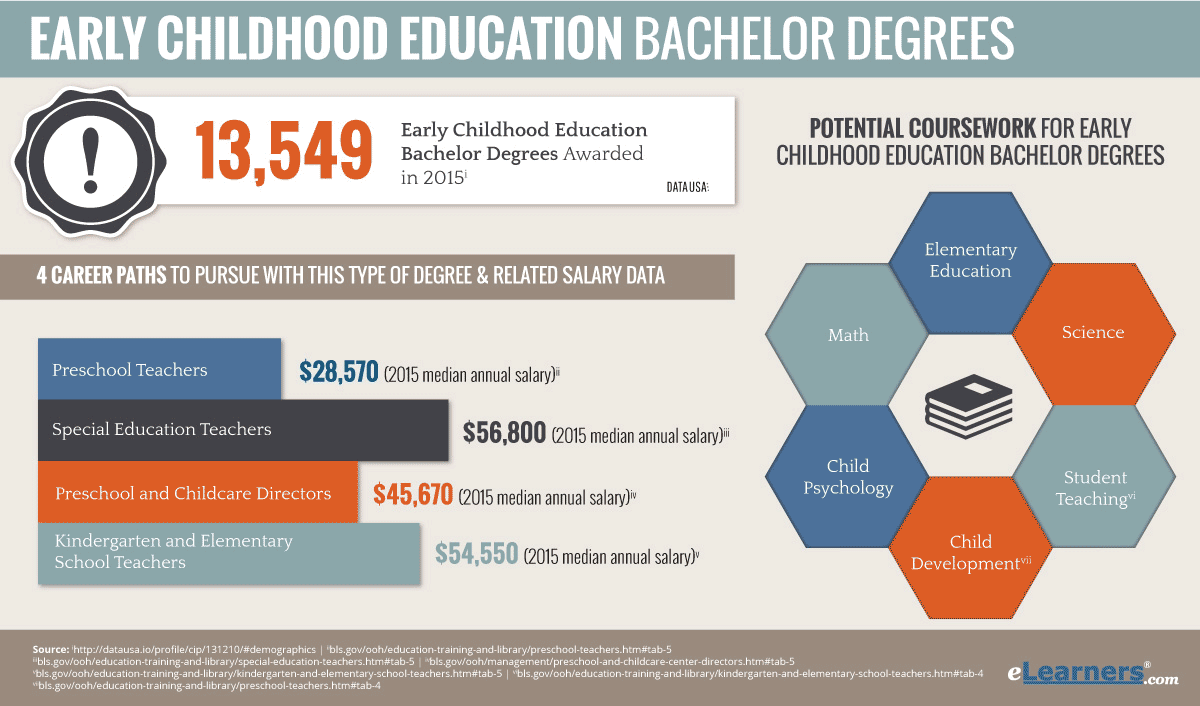
Play isn’t just fun; it’s the cornerstone of healthy development in young children. It’s how they learn, explore, and make sense of the world around them. Through play, children develop crucial cognitive, social, emotional, and physical skills that will serve them throughout their lives. Understanding the different types of play and how they contribute to development is key to creating enriching and supportive early childhood education environments.Play is a powerful tool for learning and growth, impacting various aspects of a child’s development.
Different types of play cater to different developmental needs. For instance, imaginative play fosters creativity and language skills, while constructive play hones problem-solving abilities and fine motor control. Dramatic play, on the other hand, enhances social interaction, emotional expression, and role-playing abilities. The interplay between these different forms of play creates a rich tapestry of learning experiences.
Types of Play and Their Developmental Contributions
Different types of play significantly impact various developmental domains. Imaginative play, where children create their own worlds and scenarios, fuels creativity, language development (through storytelling and role-playing), and social skills (through negotiation and collaboration). Constructive play, involving building and creating with blocks, LEGOs, or other materials, enhances problem-solving skills, spatial reasoning, and fine motor dexterity. Dramatic play, often involving role-playing and imitation, helps children develop emotional intelligence, social skills (through interaction and cooperation), and understanding of different perspectives.
Play-Based Learning Activities Supporting Development
Engaging children in targeted play activities can significantly boost their learning and development. A well-structured play-based curriculum can seamlessly integrate learning into fun and engaging activities.A selection of play-based activities designed to support key developmental areas includes:
- Language Development: Storytelling with puppets, singing songs with actions, dramatic play involving conversations and role-playing, creating and reading picture books together.
- Problem-Solving Skills: Building towers with blocks (challenging them to build taller or more complex structures), puzzles of varying difficulty, using construction toys to create specific structures, collaborative problem-solving games.
- Social-Emotional Growth: Cooperative games that require teamwork, role-playing scenarios involving emotional situations (e.g., sharing, conflict resolution), circle time discussions about feelings, and engaging in imaginative play that involves expressing emotions through characters.
The Importance of Unstructured Playtime
While structured activities are valuable, unstructured playtime – where children freely choose their activities and play independently or with peers – is equally crucial. This type of play allows children to explore their interests, develop their own ideas, and regulate their own emotions and behavior. It fosters creativity, self-reliance, and the ability to manage boredom and frustration – all essential life skills.
Unstructured play acts as a crucial counterpoint to the more structured aspects of the early childhood education program, providing a space for spontaneous learning and self-directed exploration. Think of it as the child’s own personal laboratory for experimentation and discovery. This time allows for the development of crucial self-regulation skills and creativity, which often aren’t fostered as effectively in highly structured settings.
The Impact of Early Childhood Education on Later Life Outcomes
High-quality early childhood education (ECE) significantly impacts a child’s trajectory, influencing their academic success, social-emotional development, and overall well-being far beyond their early years. The benefits are demonstrably linked to improved outcomes across various life stages, underscoring the critical role ECE plays in building a strong foundation for future success.The long-term effects of high-quality ECE are substantial and well-documented.
Numerous studies show a positive correlation between participation in such programs and improved cognitive skills, enhanced academic achievement, increased earning potential, and reduced involvement in crime. These positive effects are particularly pronounced for children from disadvantaged backgrounds, who often benefit most from the structured learning environment and supportive care that quality ECE provides.
Academic Achievement
Research consistently demonstrates that children who attend high-quality ECE programs perform better academically throughout their schooling. They tend to score higher on standardized tests, have better reading and math skills, and are more likely to graduate from high school and pursue higher education. For example, a longitudinal study followed children participating in the Perry Preschool Project, a high-quality early intervention program, and found that participants earned significantly more money, had lower rates of incarceration, and achieved higher levels of education compared to a control group.
These lasting benefits highlight the powerful impact of early intervention on future academic success.
Social-Emotional Well-being
Beyond academics, high-quality ECE fosters crucial social-emotional development. Children in these programs learn essential skills like self-regulation, empathy, and conflict resolution. These skills are crucial for building positive relationships, navigating social situations effectively, and contributing positively to society. For instance, a child learning to share toys and resolve conflicts peacefully in preschool is more likely to develop healthy peer relationships and collaborate effectively in later life.
These positive social-emotional skills are essential for success in both personal and professional spheres.
Future Success
The cumulative effects of improved academic achievement and enhanced social-emotional skills translate into greater success in adulthood. Individuals who benefit from high-quality ECE are more likely to secure higher-paying jobs, achieve greater financial stability, and lead healthier, more fulfilling lives. Studies have shown a strong correlation between early childhood education and reduced rates of unemployment, incarceration, and reliance on public assistance.
This suggests that investing in high-quality ECE is not only beneficial for individual children but also yields significant societal returns.
Challenges and Barriers to Access
Despite the clear benefits, access to high-quality ECE remains a significant challenge, particularly for disadvantaged children. Financial constraints, geographical limitations, and lack of awareness about the importance of ECE are major barriers. Families with low incomes often struggle to afford even the most affordable programs, leading to inequities in access to quality early learning experiences. Furthermore, disparities in the quality of ECE programs across different communities can exacerbate existing inequalities.
For example, some low-income neighborhoods may lack access to licensed and accredited ECE programs, resulting in children missing out on critical developmental opportunities. Addressing these challenges requires a multifaceted approach that includes increased government funding, improved affordability, and targeted outreach to families in underserved communities.
Evidence Supporting Positive Effects
A substantial body of evidence supports the positive impact of high-quality ECE. Longitudinal studies, randomized controlled trials, and large-scale observational studies consistently demonstrate the long-term benefits of early intervention programs. These studies use rigorous methodologies to control for confounding variables and establish causal links between ECE and positive outcomes. The accumulated evidence is overwhelmingly supportive of the need for widespread access to high-quality ECE programs.
For example, meta-analyses of numerous studies have shown significant positive effects of ECE on cognitive development, school readiness, and later life outcomes. This robust body of evidence forms the basis for policy recommendations aimed at increasing access to and improving the quality of ECE programs worldwide.
The Physical Environment of Early Childhood Education Settings
The physical environment of an early childhood education setting significantly impacts a child’s learning, development, and overall well-being. A well-designed space fosters a sense of security, encourages exploration, and supports the diverse learning styles of young children. It should be a place where children feel comfortable taking risks, collaborating with peers, and engaging in active learning.
Creating a safe, stimulating, and developmentally appropriate learning environment requires careful consideration of various design elements. These elements work together to support children’s physical, cognitive, social, and emotional growth. A thoughtfully planned space is not just aesthetically pleasing; it’s a crucial tool in supporting optimal child development.
Design Considerations for a Safe, Stimulating, and Developmentally Appropriate Learning Environment
Several key factors contribute to creating an effective early childhood learning environment. These factors should be considered from the perspective of safety, accessibility, and the developmental needs of the children. A holistic approach is essential, ensuring the space supports both independent exploration and guided learning activities.
- Safety: The space should be free from hazards such as sharp objects, exposed wires, and toxic substances. Furniture should be appropriately sized and securely anchored to prevent tipping. Flooring should be soft and cushioned to minimize injuries from falls. Adequate lighting and clear pathways are crucial for preventing accidents.
- Accessibility: The environment should be accessible to children of all abilities. Ramps and wide doorways should accommodate wheelchairs. Learning materials should be available in various formats to cater to diverse learning styles and needs. Consideration should be given to children with sensory sensitivities.
- Stimulation: The environment should be engaging and stimulating, filled with visually appealing materials, textures, and colors. A variety of learning centers should be provided, allowing children to explore their interests and develop different skills. Natural light and access to outdoor space are also important.
- Developmentally Appropriate: The space should be designed to support the developmental needs of the children. For example, toddlers need low furniture and easily accessible materials, while preschoolers can handle more complex equipment and activities. The environment should encourage independence and self-reliance.
The Importance of Outdoor Play Spaces, Early Childhood Education Programs
Outdoor play spaces are essential components of a comprehensive early childhood education program. They provide opportunities for children to engage in physical activity, explore nature, and develop important social and cognitive skills. The benefits extend beyond physical health, influencing social interaction and creativity.
Outdoor play areas offer a unique environment for gross motor skill development, allowing children to run, jump, climb, and engage in other physically demanding activities. This physical activity is crucial for healthy growth and development. Furthermore, access to nature provides opportunities for exploration, discovery, and sensory stimulation, fostering a sense of wonder and curiosity. The unstructured nature of outdoor play encourages creativity and problem-solving, as children invent games and build structures using natural materials.
The Role of Different Learning Areas
Designated learning areas within the classroom—such as art centers, block areas, and dramatic play areas—offer structured opportunities for children to engage in specific activities and develop particular skills. Each area offers unique benefits to the child’s holistic development.
- Art Center: This area fosters creativity, fine motor skills, and self-expression. Children can engage in various art activities, such as painting, drawing, sculpting, and collage making. This helps them develop hand-eye coordination and explore different textures and colors.
- Block Area: This area promotes spatial reasoning, problem-solving, and collaborative skills. Children can build structures, create designs, and engage in imaginative play using blocks of various shapes and sizes. This helps develop their mathematical understanding and engineering skills.
- Dramatic Play Area: This area encourages social interaction, language development, and role-playing. Children can dress up, use props, and create scenarios, acting out real-life situations or imaginary stories. This supports their communication skills and helps them understand different social roles and perspectives.
Parental Involvement in Early Childhood Education
Parental involvement is a cornerstone of successful early childhood education. A strong partnership between teachers and parents creates a supportive and consistent learning environment that significantly benefits a child’s development. Open communication, shared expectations, and collaborative efforts are key to maximizing a child’s potential.Effective communication and collaboration between teachers and parents are vital for a child’s success. This involves creating multiple avenues for consistent and meaningful exchange of information.
Strategies for Effective Communication and Collaboration
Establishing clear and regular communication channels is crucial. This could include weekly newsletters, parent-teacher conferences, email updates, or even a dedicated online platform for sharing information and updates on classroom activities and a child’s progress. Regular communication helps prevent misunderstandings and allows for proactive problem-solving. For example, a weekly email summarizing classroom activities and upcoming events keeps parents informed and engaged.
Parent-teacher conferences provide opportunities for in-depth discussions about a child’s individual needs and progress. Utilizing technology, such as a class blog or app, can further enhance communication, allowing parents to see photos and videos of their child’s learning experiences.
Supporting a Child’s Learning at Home
Parents can significantly reinforce learning by actively engaging with their child’s educational materials at home. This doesn’t necessarily mean formal tutoring; rather, it involves incorporating learning into everyday routines. Alignment with the early childhood education program’s curriculum is key.
Ways Parents Can Support Learning at Home
Parents can support learning by engaging in activities that complement the classroom curriculum. If the classroom is focusing on letter recognition, parents can incorporate letter-based games or activities at home. Reading aloud regularly, even for just 15 minutes a day, is hugely beneficial. Simple activities like cooking together (measuring ingredients, following instructions) or playing board games (learning about taking turns, following rules) also support development.
Moreover, parents can actively engage in conversations with their child, asking open-ended questions and encouraging them to express their thoughts and feelings. For instance, if the classroom is learning about shapes, parents can incorporate shape-sorting games or building activities using blocks. If the curriculum focuses on storytelling, parents can read books together and encourage creative storytelling from their child.
Benefits of Parental Involvement on Children’s Development
Research consistently demonstrates a strong correlation between parental involvement and a child’s academic success and social-emotional development. Children with actively involved parents tend to perform better academically, exhibit improved behavior, and develop stronger social skills.
Impact of Parental Involvement on Academic Success and Social-Emotional Development
Increased parental involvement is linked to higher academic achievement. Children with involved parents tend to have better attendance, higher grades, and a greater likelihood of completing their education. Furthermore, parental involvement fosters a child’s social-emotional development. Active participation in their child’s education demonstrates a parent’s love and support, building the child’s self-esteem and confidence. A secure attachment to parents provides a foundation for healthy social relationships and emotional regulation.
For example, studies have shown that children with highly involved parents are less likely to experience behavioral problems and more likely to develop strong emotional resilience. This positive influence extends beyond the early years, impacting their success in later schooling and beyond.
Conclusive Thoughts: Early Childhood Education Programs
Investing in quality early childhood education is an investment in our future. By understanding the diverse approaches, the crucial role of educators and parents, and the lasting impact on a child’s development, we can collectively work towards ensuring every child has access to enriching and supportive early learning experiences. The benefits extend far beyond the preschool years, influencing academic achievement, social-emotional skills, and overall success in life.
Let’s continue to champion the cause of high-quality early childhood education for all.
Question & Answer Hub
What is the ideal class size for an early childhood education program?
There’s no single “ideal” size, but smaller class sizes generally allow for more individualized attention and better teacher-student interaction. The optimal size depends on the age of the children and the program’s specific design.
How can I choose the right early childhood education program for my child?
Consider your child’s personality, learning style, and your family’s values. Visit different programs, talk to teachers and parents, and look for a nurturing environment with a well-defined curriculum and qualified staff. Check licensing and accreditation as well.
Are there financial aid options available for early childhood education?
Many programs offer financial assistance based on income. Check with your local school district or child care resource and referral agency for information on subsidies and scholarships. Some employers also offer childcare assistance programs.
How important is it for my child to be formally assessed in preschool?
Formal assessments are one piece of the puzzle. While they can provide valuable insights, a holistic approach that includes observations, teacher feedback, and parent input offers a much more comprehensive understanding of your child’s development.
What if my child struggles to adapt to a new early childhood program?
It’s common for children to experience some adjustment difficulties. Open communication with the teachers is key. They can offer strategies to help your child feel more comfortable and secure. A gradual transition period can also be beneficial.


